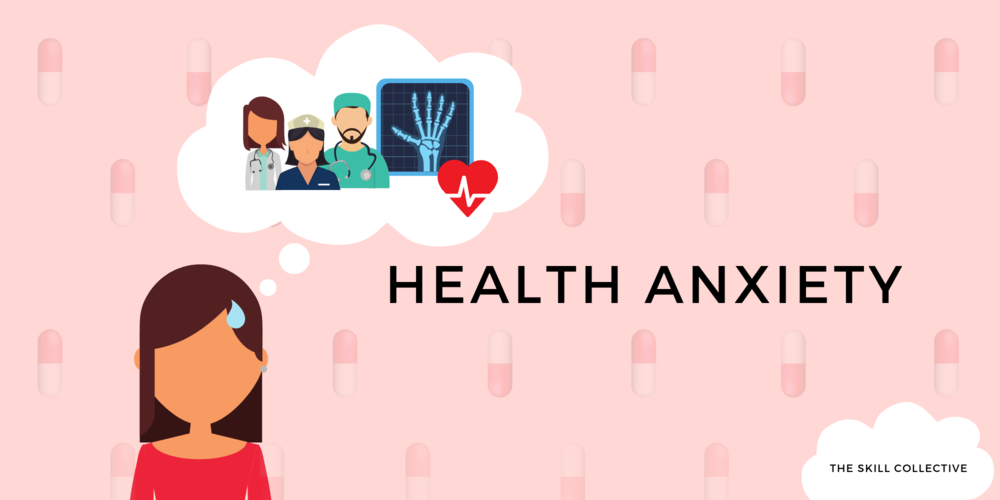
If Children are Talking About Death, How Can Parents Best Support Them?
by Counseling and Wellness Center of PittsburghJanuary 6, 2022 anxiety in children, Child Anxiety, child counseling, child psychologist, child therapy, children mental health, death, health anxiety, pandemic, parenting, Parenting and Families0 comments
In the last two years there has been a noticeable increase of school age children spending a lot of their time discussing and playing out themes of death. This can be very concerning to parents as they want to shield their children from anything that is scary and death is a heavy concept, even for adults.
With the pandemic, death has been a constant topic on the news, media, and at the dinner...Learn More
Health Anxiety During a Pandemic
by Counseling and Wellness Center of PittsburghMarch 26, 2020 health anxiety, hypochondriac, online counseling, pandemic, treatment for anxiety0 comments
Health Anxiety During a Pandemic
Health anxiety is a term which identifies the cluster of behaviors around the physical body and its processes and specifically a preoccupation with preventing or experiencing disease or illness. Some of its symptoms are symptom checking, frequent trips to the doctors office, seeking reassurance that you are not dying or gravely ill. In the matter of weeks,...Learn More
